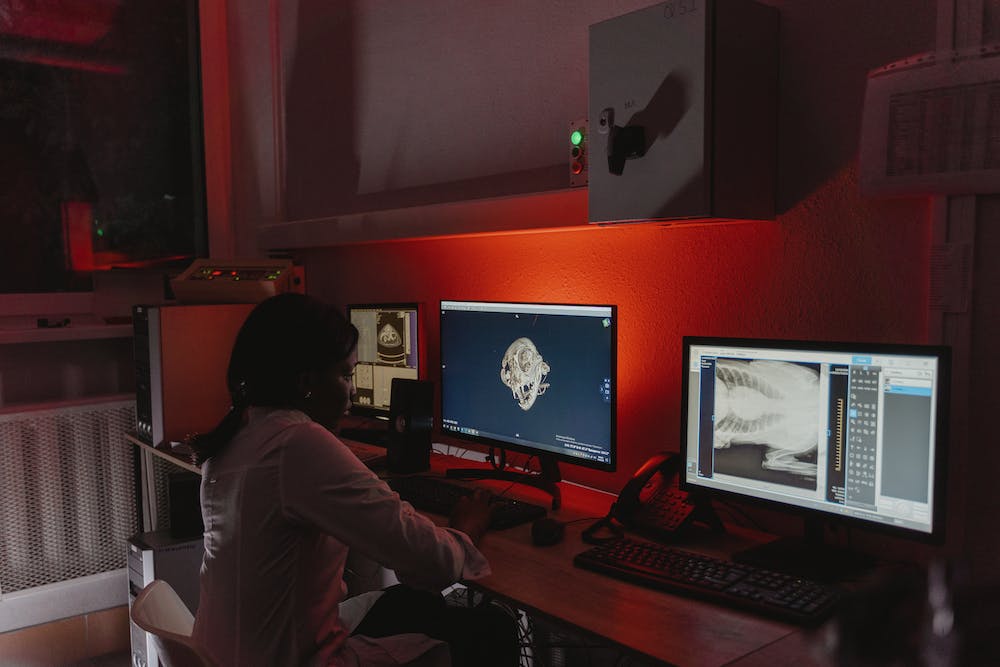
Python is a versatile and widely-used programming language that is popular among developers for its simplicity and readability. One of the many things you can do with Python is build games! In this step-by-step guide, we will go through the process of building a basic Python game from scratch. Whether you are a beginner or an experienced programmer, this guide will help you understand the fundamentals of game development while honing your Python programming skills.
Before we dive into the actual game development, let’s discuss the tools and prerequisites you will need:
Tools and Prerequisites:
- Python 3: Make sure you have Python 3 installed on your system. You can download IT from the official Python Website (https://www.python.org/downloads/).
- Code Editor: Choose a code editor of your preference. Recommended editors include Visual Studio Code, PyCharm, or Atom.
Now that you have the necessary tools set up, let’s move on to building our game step by step:
Step 1: Design the Game Concept
Every game starts with an idea. IT‘s important to have a clear understanding of the game concept before you start coding. Decide on the type of game you want to create – IT could be a simple text-based adventure, a puzzle game, or perhaps a platformer.
Step 2: Set Up the Project
Create a new directory for your project, and navigate to IT in your terminal or command prompt. This directory will serve as the main folder for your game project.
Step 3: Create the Game Window
To create a game in Python, we will use a library called Pygame. Install Pygame by running the following command in your terminal:
“`python
pip install pygame
“`
Now let’s create a new Python file for our game window. You can name IT “game.py” or any name of your choice. Open the file in your code editor and add the following code:
“`python
import pygame
# Initialize Pygame
pygame.init()
# Set up the game window
window_width = 800
window_height = 600
window = pygame.display.set_mode((window_width, window_height))
pygame.display.set_caption(“My Game”)
# Game loop
running = True
while running:
for event in pygame.event.get():
if event.type == pygame.QUIT:
running = False
# Update game logic here
# Draw game elements here
# Refresh the display
pygame.display.flip()
# Quit the game
pygame.quit()
“`
This code initializes Pygame, sets up the game window dimensions, and creates a simple game loop. The loop listens for events, such as the user closing the game window, and updates and draws the game elements accordingly.
Save the file and run IT using the command “python game.py” in your terminal. You should see a basic game window titled “My Game”.
Step 4: Add Game Elements
Now that we have a game window, let’s add some elements to IT. For simplicity, let’s start by adding a simple rectangle that moves with the arrow keys. Add the following code below the game loop in your “game.py” file:
“`python
# Rectangle properties
rectangle_width = 50
rectangle_height = 50
rectangle_x = window_width / 2 – rectangle_width / 2
rectangle_y = window_height – rectangle_height
# Rectangle movement speed
speed = 5
while running:
# …
keys = pygame.key.get_pressed()
if keys[pygame.K_LEFT]:
rectangle_x -= speed
if keys[pygame.K_RIGHT]:
rectangle_x += speed
if keys[pygame.K_UP]:
rectangle_y -= speed
if keys[pygame.K_DOWN]:
rectangle_y += speed
# …
# …
“`
This code introduces a rectangle with specific dimensions and initial position at the bottom center of the window. The rectangle is then moved based on the arrow key inputs, allowing the player to control its movement.
Save the file and run IT again. You should now be able to move the rectangle using the arrow keys!
Step 5: Adding Game Logic and Rules
Now that we have a moving element in our game, let’s add some simple game logic and rules. For example, we can set boundaries so that the rectangle cannot move outside the game window. Add the following code inside the game loop:
“`python
while running:
# …
# Set boundaries
if rectangle_x < 0:
rectangle_x = 0
if rectangle_x > window_width – rectangle_width:
rectangle_x = window_width – rectangle_width
if rectangle_y < 0:
rectangle_y = 0
if rectangle_y > window_height – rectangle_height:
rectangle_y = window_height – rectangle_height
# …
# …
“`
Now the rectangle cannot move outside of the game window. Feel free to experiment and add your own game logic, rules, and elements to create a unique game experience!
Congratulations! You have successfully built a basic Python game from scratch. Although this game is simple, IT demonstrates the core concepts of game development with Python and can serve as a foundation for more complex projects.
FAQs
1. Can I create more complex games using Python?
Absolutely! Python provides numerous game development libraries and frameworks that allow you to create advanced games with various features and graphics. Pygame, which we used in this tutorial, is just one of the many options available.
2. Are there any resources to help me learn more about game development with Python?
Definitely! There are ample online resources, tutorials, and communities dedicated to game development in Python. Some recommended resources include the Pygame documentation (https://www.pygame.org/docs/) and tutorials available on websites like Real Python (https://realpython.com/).
3. Can I deploy and distribute my Python game to others?
Yes, you can certainly distribute your Python game to others. You can compile your Python code into standalone executables or package IT with installers so that users can easily install and run your game on their systems, regardless of whether they have Python installed.
4. What other programming languages are commonly used for game development?
Aside from Python, popular programming languages for game development include C++, C#, and Java. These languages offer more advanced optimization and performance capabilities, making them well-suited for big-budget and high-performance games.
With this step-by-step guide, you now have the foundation to explore the exciting and vast world of game development with Python. Remember to experiment, be creative, and have fun!





